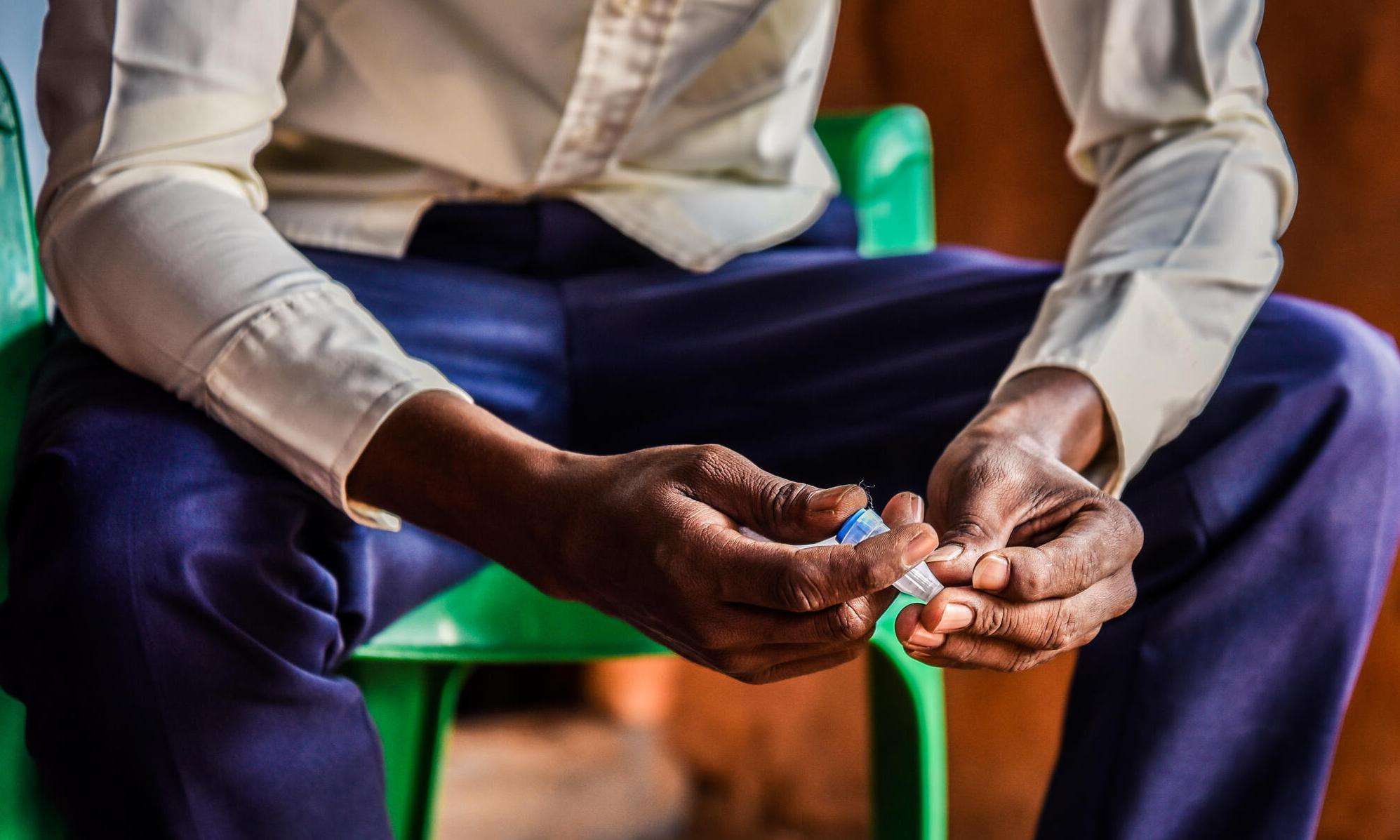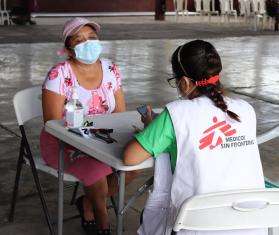One hundred years ago, in 1921, a monumental medical breakthrough was made with the discovery and first use of insulin. It would transform the lives of people living with diabetes—a chronic disease that occurs when the body cannot produce enough insulin to regulate the level of blood sugar.
The scientist who discovered insulin, Frederick Banting, sold the patent for the drug to the University of Toronto for just $1 because, in his words, “insulin does not belong to me, it belongs to the world.” Yet today, half of the 463 million diabetics worldwide currently cannot access treatment.
This lack of access is partly due to insufficient health care options, poverty, displacement, and conflict. This is particularly true in some of the same low- and middle-income countries where diabetes is on the rise but where diabetics often have limited access to the medication and treatment they need to stay healthy.
As with many global health issues, the challenges faced by diabetic people living through humanitarian crises is not only logistical. In fact, it’s often profit-driven policies that stand in the way of people accessing lifesaving treatment.
1 | The fridge myth
There’s a widely held belief that people with diabetes need to keep their insulin in a refrigerator, which is a clear obstacle when a person doesn’t have access to refrigeration—either due to poverty, limited electricity, or because they’ve been forced to flee to a refugee or displacement camp. This is especially true in many of the places where Doctors Without Borders/Médecins Sans Frontières (MSF) works, as temperatures often exceed the recommended storage range for insulin.
However, from experience, we know that guidelines from pharmaceutical companies need updating. In February 2021, the results of a study led by MSF and the University of Geneva proved that insulin could be stored at up to 98.6°F [37°C].
Meanwhile, simple storage solutions, such as basic clay pots, have also been found to be an effective way of keeping insulin at cool and stable temperatures, meaning patients no longer have to travel twice a day to a health care clinic to receive their treatment, eliminating transportation costs and the need for people to travel in unsafe settings like conflict zones.
2 | The Big Pharma prices
Pharmaceutical corporations want us to believe that insulin is an incredibly expensive drug to produce, but it isn’t.
The problem is that just three “Big Pharma” companies—Novo Nordisk, Eli Lilly, and Sanofi—control 99 percent of the entire insulin market. With such a monopoly, the unfair prices set by these large corporations impact millions of people with diabetes around the world.
This cost to produce insulin can be up to $145 [£102] per person per year. However, the price of insulin available to MSF projects ranges from $312 [£220] to $1,276 [£900] per person, depending on the injection device and type of insulin our teams need for their patients.
There are several companies working to improve market competition and produce generic unbranded insulin. This would significantly lower the cost for people with diabetes and health care organizations. However, they face tough regulations to have their insulin approved.
MSF is campaigning to enable these generic companies to enter the insulin market and working to improve the package of tools available to people with diabetes around the world.
3 | The “complex” condition
Diabetes can be a complex condition for an individual to manage since it requires constantly monitoring one’s blood sugar levels with finger-prick tests and injecting themselves with insulin up to six times per day. In many places where MSF works, food insecurity can complicate things even further as it means diabetics can’t always eat the types of foods they need to keep their blood sugar stable.
However, with the right resources, diabetics around the world can be helped to manage their condition and significantly improve their quality of life. For example, there are newer tools such as insulin pens that make it much easier to inject, and continuous glucose monitoring devices now mean that people with diabetes don’t have to prick themselves multiple times a day.
While these devices are not routinely available in many lower-income places due to their cost, improving availability would ultimately reduce a diabetic’s need for treatment due to complications in the long run. By helping people to safely manage their diabetes now, we can stop their conditions from worsening in the future.




